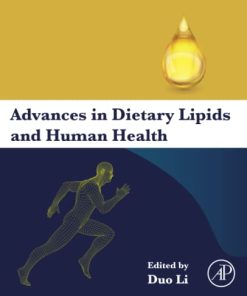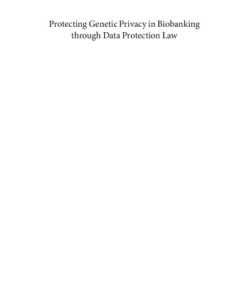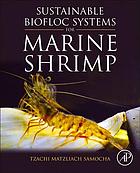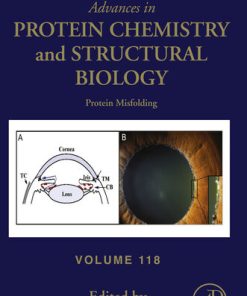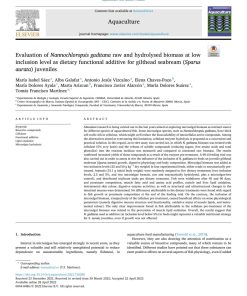(Ebook PDF) Optimal dietary protein level for pacu Piaractus mesopotamicus juveniles reared in biofloc system 1st edition by Dara Cristina Pires full chapters
$50.00 Original price was: $50.00.$25.00Current price is: $25.00.
Optimal dietary protein level for pacu Piaractus mesopotamicus juveniles reared in biofloc system 1st edition by Dara Cristina Pires – Ebook PDF Instant Download/DeliveryISBN:
Full download Optimal dietary protein level for pacu Piaractus mesopotamicus juveniles reared in biofloc system 1st edition after payment.
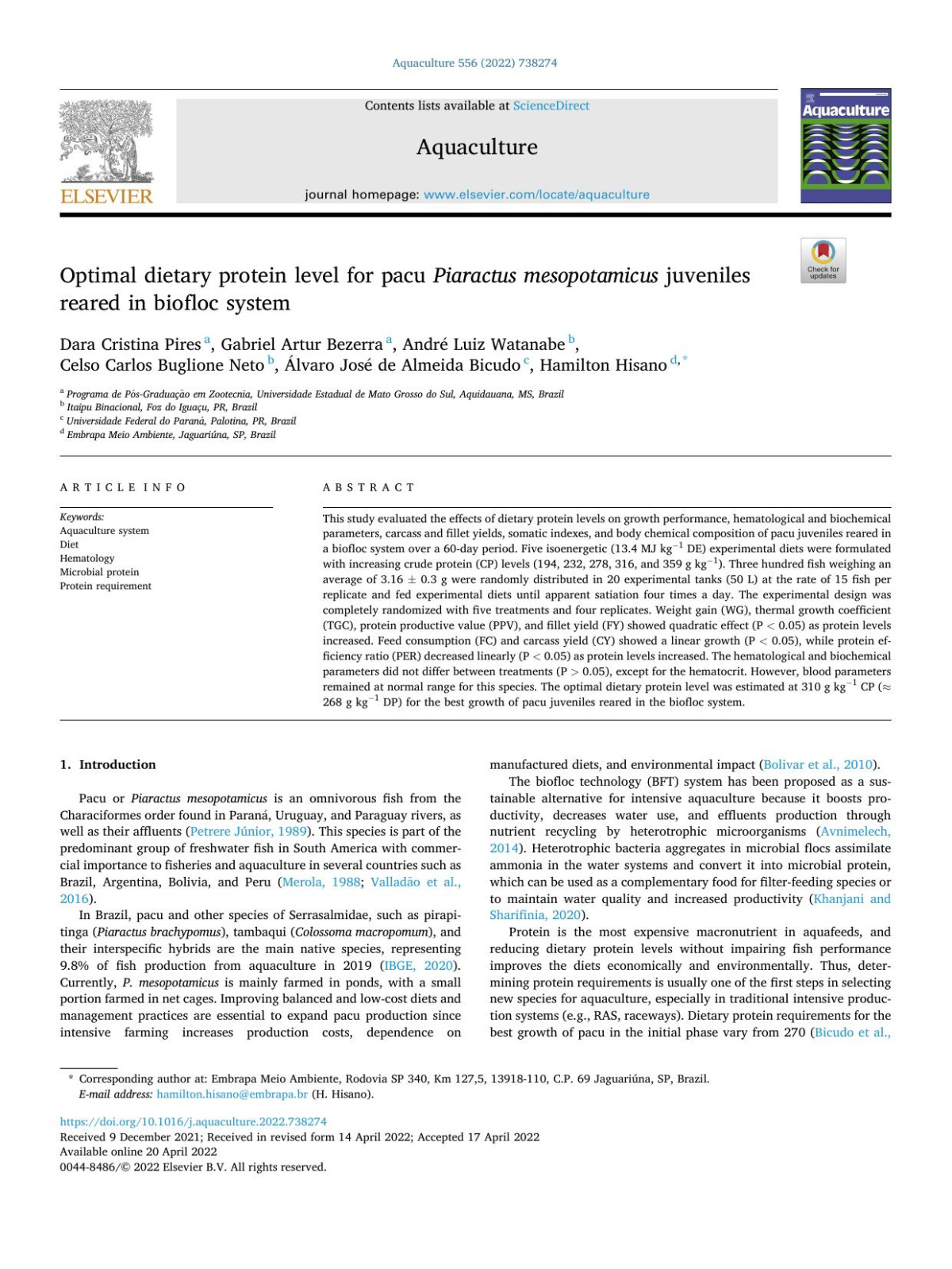
Product details:
Author : Dara Cristina Pires
This study evaluated the effects of dietary protein levels on growth performance, hematological and biochemical parameters, carcass and fillet yields, somatic indexes, and body chemical composition of pacu juveniles reared in a biofloc system over a 60-day period. Five isoenergetic (13.4 MJ kg−1 DE) experimental diets were formulated with increasing crude protein (CP) levels (194, 232, 278, 316, and 359 g kg−1). Three hundred fish weighing an average of 3.16 ± 0.3 g were randomly distributed in 20 experimental tanks (50 L) at the rate of 15 fish per replicate and fed experimental diets until apparent satiation four times a day. The experimental design was completely randomized with five treatments and four replicates. Weight gain (WG), thermal growth coefficient (TGC), protein productive value (PPV), and fillet yield (FY) showed quadratic effect (P < 0.05) as protein levels increased. Feed consumption (FC) and carcass yield (CY) showed a linear growth (P < 0.05), while protein efficiency ratio (PER) decreased linearly (P 0.05), except for the hematocrit. However, blood parameters remained at normal range for this species. The optimal dietary protein level was estimated at 310 g kg−1 CP (≈ 268 g kg−1 DP) for the best growth of pacu juveniles reared in the biofloc system.
People also search for Optimal dietary protein level for pacu Piaractus mesopotamicus juveniles reared in biofloc system 1st:
optimal protein level
optimal daily protein intake
optimal protein intake
optimal protein per day
optimal protein intake in the elderly
Tags:
Optimal dietary,protein level,pacu Piaractus,mesopotamicus,juveniles,Dara Cristina Pires
You may also like…
Engineering - Aerospace Engineering
Uncategorized
Advances in Dietary Lipids and Human Health 1st edition by Duo Li 0128242193 9780128242193
Jurisprudence & Law - Legal Theory & Philosophy
Technique - Marine & Nautical
History - Ancient History
Political Conversations in Late Republican Rome 1st Edition Cristina Rosillo-López
Science (General)
Biology and other natural sciences





